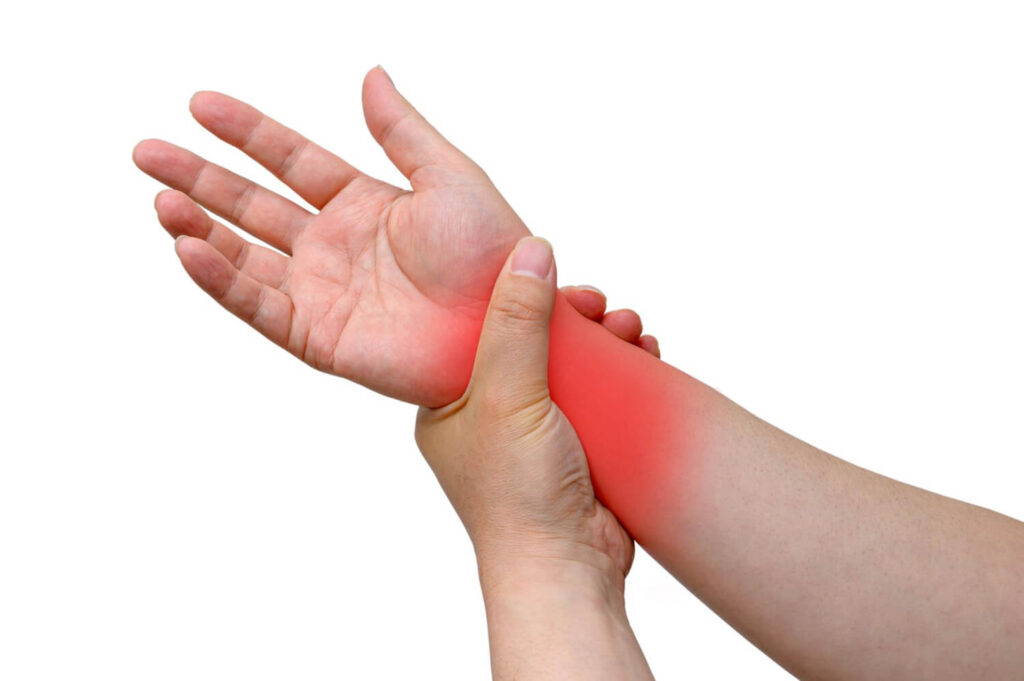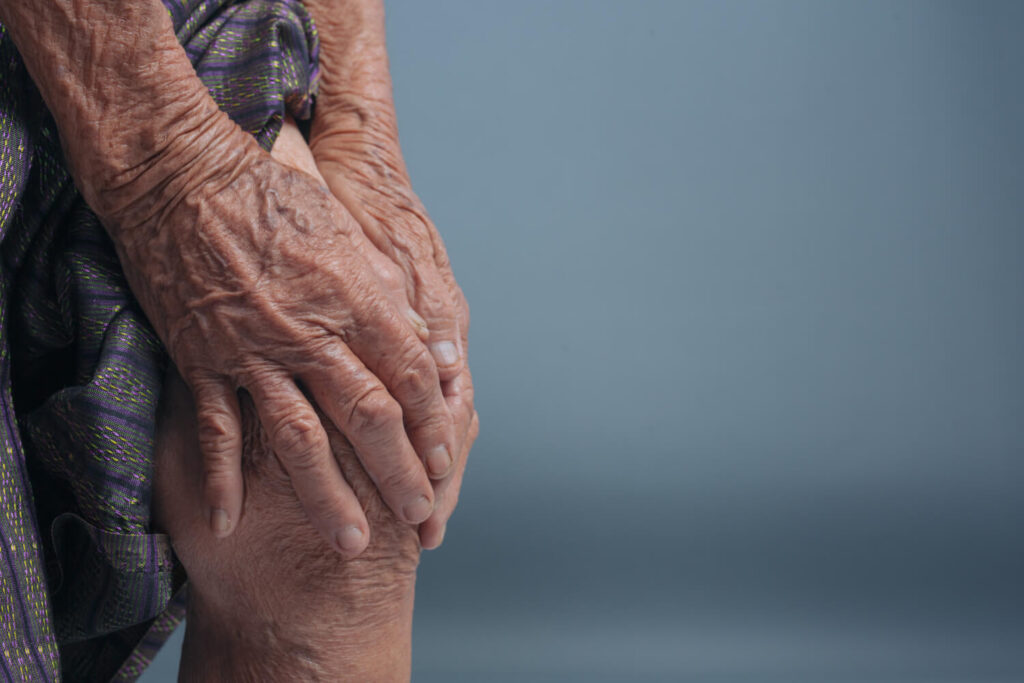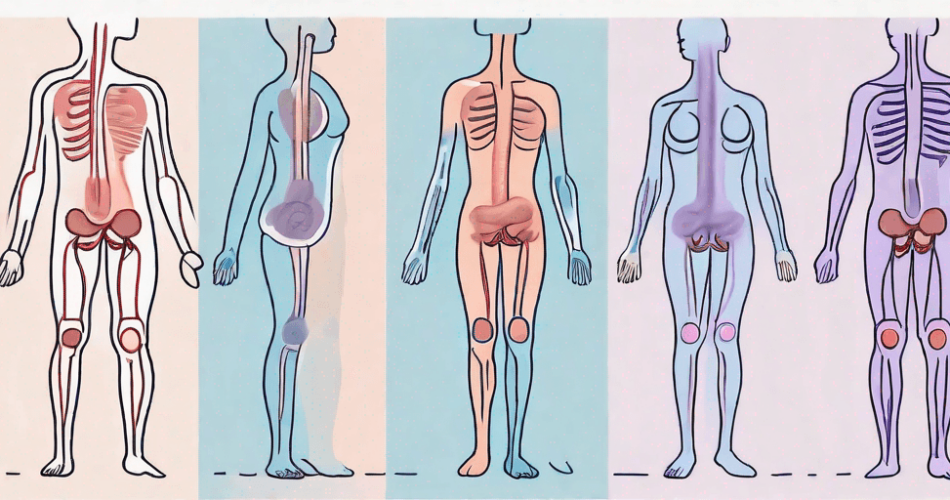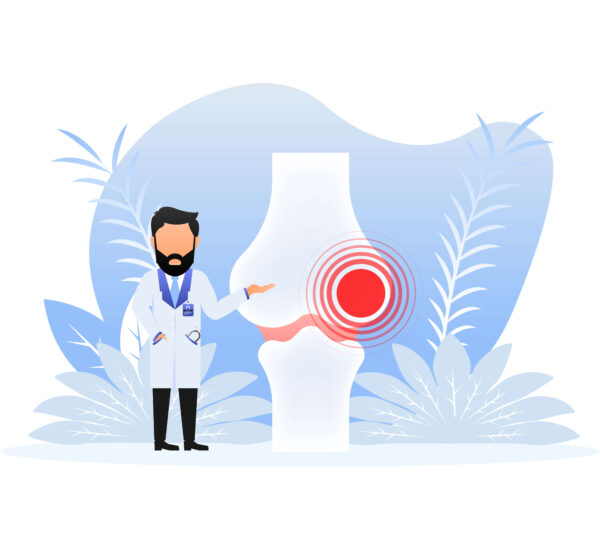Rheumatism, also known as rayuma, is a term used to describe various conditions that affect the joints and surrounding tissues. Suffering from rayuma can be challenging as it hinders individuals from doing certain tasks. With compromised joints, the patient may tend to do less physical activities. That’s why monitoring rayuma symptoms is a must.
In this article, we will delve deeper into this condition and find out more about its warning signs. Doing so will help monitor the condition more before it progresses to a severe situation. Let’s begin!
What is Rayuma?

Rayuma is a broad term that encompasses several different diseases and conditions that primarily affect the joints, muscles, and connective tissues. The most common types of rayuma include osteoarthritis, rheumatoid arthritis, gout, lupus, and fibromyalgia, among others. While each of these conditions has its unique characteristics, they all share the common feature of causing pain, inflammation, and limited mobility.
This condition is a global health issue that affects individuals of all ages, ethnicities, and socioeconomic backgrounds. According to the World Health Organization (WHO), it is estimated that over 350 million people worldwide suffer from some form of rayuma. This makes rayuma one of the leading causes of disability worldwide.
Forms of Rayuma

When it comes to understanding rayuma, it is essential to recognize that it is not a single disease but rather a group of conditions that affect the musculoskeletal system. Let’s uncover each below!
Osteoarthritis
It is a type of rayuma that occurs when the protective cartilage that cushions the ends of bones wears down over time, leading to pain and stiffness in the affected joints.
Rheumatoid arthritis
This condition is an autoimmune disease in which the body’s immune system mistakenly attacks the joints, causing inflammation and damage. It can result in joint deformity and disability if left untreated.
Gout
Another form of rayuma, which is caused by the buildup of uric acid crystals in the joints, leading to sudden and severe pain, swelling, and redness. It commonly affects the big toe but can also affect other joints in the body.
Lupus
A chronic autoimmune disease that can also fall under the umbrella of rayuma. It can affect various parts of the body, including the joints, skin, kidneys, heart, and lungs. Lupus can cause joint pain, swelling, and stiffness, along with other symptoms such as fatigue, fever, and rash.
Fibromyalgia
Although not fully understood, is a condition characterized by widespread musculoskeletal pain, fatigue, and tenderness in specific areas of the body. It is often accompanied by sleep disturbances, headaches, and mood disorders.
Causes of Rayuma

While rayuma can affect anyone, certain risk factors may increase the likelihood of developing these conditions. These factors are contributing aspects that can vary to different persons. In short, these will not apply to all patients.
- Age is a significant risk factor for rayuma. The wear and tear on joints over time can contribute to its development.
- Genes can also be a contributing factor to developing rayuma. Some individuals may have a genetic predisposition, making them more susceptible to developing these conditions.
- Environmental factors, such as infections or exposure to certain chemicals, may also contribute to the development of rayuma in some individuals.
It is important to note that while rayuma is a chronic condition, there are various treatment options available to manage symptoms and improve quality of life. That’s why, early diagnosis is crucial for patients. With immediate intervention from a rheumatologist. further joint damage can be minimized. Thus, lessening the impact of rayuma on daily life.
The Role of Inflammation in Rayuma
One of the major contributors to rayuma symptoms is inflammation. Inflammation is a natural response of the body to injury or infection. However, in the case of rayuma, the immune system mistakenly triggers inflammation in the joints, causing pain and swelling. The exact cause of this abnormal immune response is still not fully understood.
When inflammation occurs, the body releases chemicals that increase blood flow to the affected area. This influx of blood brings immune cells to the site of inflammation, aiming to repair any damage and fight off potential pathogens. However, in the case of rayuma, the immune cells mistakenly attack healthy joint tissues, leading to chronic inflammation.
Chronic inflammation can have detrimental effects on the body. It can cause the synovium, a thin membrane that lines the joints, to thicken and produce excess fluid. This leads to joint swelling and stiffness, making movement painful and difficult.
Furthermore, the chronic inflammation in rayuma can also damage other organs and tissues. It can affect the lining of blood vessels, leading to an increased risk of cardiovascular diseases. Inflammation can also impact the lungs, causing breathing difficulties, and the eyes, leading to dryness and irritation.
Identifying Common Rayuma Symptoms
Rayuma, also known as rheumatoid arthritis, is a chronic autoimmune disease that primarily affects the joints. It can present in various ways, and its symptoms can vary from person to person. However, certain signs and indicators are commonly associated with this condition. Recognizing these symptoms can help individuals seek medical attention and receive appropriate treatment in a timely manner.
Physical Symptoms of Rayuma

The severity of rayuma physical symptoms may fluctuate. Some individuals may experience periods of remission where symptoms subside, followed by flare-ups where symptoms worsen. These fluctuations can make it challenging for individuals to predict and manage their symptoms effectively. Let’s discuss some of the physical signs to look out for!
Pain
The joints most commonly affected by rayuma are the small joints in the hands and feet. However, larger joints such as the knees, hips, and shoulders can also be affected. The pain experienced by individuals with rayuma can range from mild to severe, and it may be accompanied by a sensation of warmth or tenderness in the affected joints.
Stiffness
In addition to joint pain, rayuma can cause morning stiffness that lasts for more than an hour. This stiffness can make it difficult for individuals to get out of bed or perform everyday tasks such as getting dressed or preparing meals. The joints may also feel stiff and achy after periods of inactivity, such as sitting for a long time or waking up from a nap.
Deformities
As the disease progresses, rayuma can lead to joint deformities. The inflammation in the joints can cause the cartilage and bone to break down, resulting in joint deformities and loss of function. This can further impact an individual’s ability to perform daily activities and may require surgical intervention in severe cases.
Emotional and Psychological Impact of Rayuma
Rayuma not only affects a person physically but also takes a toll on their emotional and psychological well-being. Chronic pain and limited mobility can lead to unwanted feelings, which can be difficult to understand. Thus, affecting the quality of life of patients.
Living with rayuma often requires individuals to make adjustments to their daily routines and activities. They may need to rely on assistive devices such as canes or walkers to aid in mobility. These changes can be emotionally challenging, as individuals may feel a loss of independence and a sense of limitations on their abilities.
It is important for individuals with rayuma to seek emotional support and engage in activities that promote mental well-being. Support groups, counseling, and therapy can provide a safe space for individuals to share their experiences, learn coping strategies, and connect with others who are going through similar challenges. Engaging in hobbies, practicing relaxation techniques, and maintaining a positive mindset can also help individuals manage the emotional and psychological impact of rayuma.
The Progression of Rayuma Symptoms

The symptoms of rayuma can progress differently in each individual. Understanding the stages of rayuma can help individuals and their healthcare providers develop an appropriate treatment plan.
Early Stage Rayuma: What to Look For
In the early stage of rayuma, symptoms may be mild and sporadic. Joint pain and stiffness may occur after periods of rest or inactivity but improve with movement. It is crucial to pay attention to these early signs as early intervention can help slow down the progression of the disease and minimize long-term damage.
Advanced Stage Rayuma: Recognizing the Signs
In the advanced stage of rayuma, symptoms become more severe and persistent. Joint pain, swelling, and stiffness may be present even at rest and can significantly impact daily activities. Individuals may also experience joint deformities and a decline in overall physical function. Seeking medical attention and exploring treatment options becomes essential at this stage.
Frequently Asked Questions About Rayuma Symptoms (Arthritis Symptoms)
How can you tell if someone has arthritis?
Besides identifying rayuma symptoms, diagnostic tests such as physical examinations, ultrasounds, and other procedures can help confirm the condition. These tests ensure accurate diagnosis and help determine possible treatment options for quick recovery.
What are the possible complications of arthritis?
Keep in mind that people with a family history of arthritis are more likely to develop rayuma symptoms. However, the condition can also worsen if not treated promptly. It can lead to joint damage, joint pain, and other complications. If the health condition due to rayuma symptoms becomes severe, doctor intervention becomes necessary. To address this, patients need to undergo physical therapy sessions and take necessary medications for body aches and joint problems.
How to consult arthritis doctors using NowServing?
Consulting a doctor through NowServing is very easy. Here’s what you need to do:
- Click this link
- Choose a doctor by selecting the “Book Appointment” button
- Select whether you’re a new patient or an existing patient of your chosen doctor
- Provide your contact details to confirm the consultation.
You can also consult with a doctor by downloading the app on your device.
Final Takeaway
The complexity and varied presentations of rayuma symptoms can make it challenging for individuals and healthcare professionals to accurately diagnose and manage the condition. Education and awareness about rayuma can help bridge this gap and ensure individuals receive appropriate care.
By understanding and recognizing the common symptoms associated with rayuma, individuals can seek appropriate medical care and support to manage the condition effectively. Work towards better management by booking an online consultation with a rheumatologist today!



